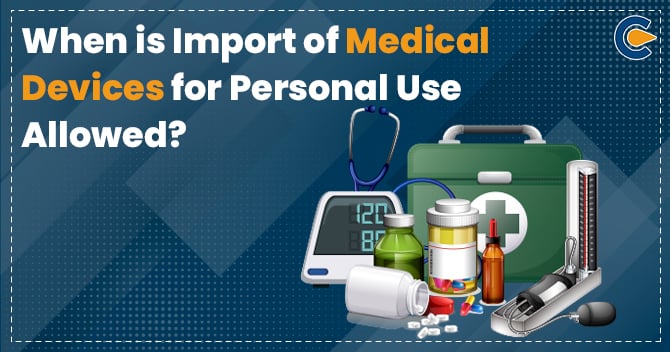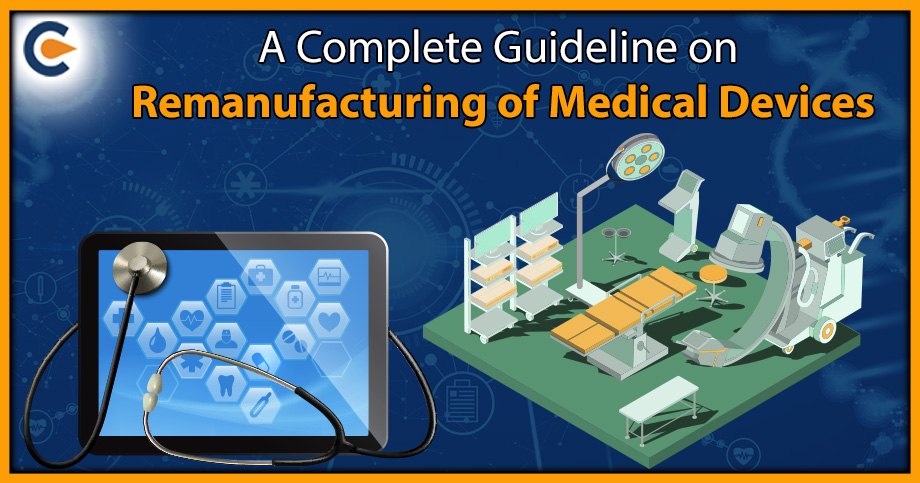Medical Device Coordination Group published instructions for designation, reassessment notification, and notified bodies. This will assist the authorities to approve applications for medical devices and in vitro diagnostic organizations. The goal is to harmonize and bring consistency to the various designating agencies’ operational procedures. The process of adding a notified body to the NANDO database, including pre-evaluation and off-site activities, on-site assessment activities, post-onsite assessment activities, and the designation decision, is covered in the first portion of the guidance.
Medical Device Coordination Group (MDCG) – An Overview
The Medical Device Coordination Group (MDCG) is an organization tasked with regulating the use of medical devices in Europe. Its mission is to enhance medical device cooperation. The group is well recognized for producing MDCG guidance, beginning with the MDCG 2019 series. These guidelines could be seen as EU MDR guidance materials.
To ensure that hospitals, clinics, managed care organizations, health systems, and other entities can coordinate their procurement strategies for medical devices to increase efficiency, MDCG was created under the MDR (Medical Device Regulation) and IVDR (In-vitro-Diagnostic Device Regulation).
The new EU Medical Devices Regulation must be implemented, and the MDCG advice details the provisions that must be handled. Although the recommendations are not legally enforceable, they implement Article 105 of the EU MDR, which calls for the uniform and efficient application of the rules.
To increase patient safety when using medical devices, the regulatory body often consists of doctors, nurses, healthcare professionals, pharmacists, quality-of-care experts, and other stakeholders.
What Is The Scope?
This document aims to guide the authorities responsible for notified bodies (hereafter, the Designating Authorities) and joint assessment teams (JATs) when conducting:
- Assessments of conformity assessments bodies (CABs) that apply for designation as a notified body (NB) in the field of medical devices and/or in vitro diagnostic medical devices, and
- Re-assessments of NBs
Role and Responsibility of the Medical Device Coordination Group
Directly answering the EU Commission is MDCG. Its main responsibilities and roles are to:
- Define the specifics of the reporting system from Article 91, such as deadlines and actions to be taken.
- Adoption of Common Standards, referencing Article 9.
- Determines whether a medical device, in light of Articles 4 and 51, is covered by the regulation.
- They establish a market surveillance program where, if there are any reservations, they can ask the expert panels for scientific guidance on the effectiveness and safety of a medical product.
Who Can Become a Member of Medical Device Coordination Group?
A group of individuals chosen by the Member States based on their position and level of competence in medical devices makes up the Medical Devices Coordination Group. They aim to guide the EU Commission and aid in the consistent deployment of medical devices and goods. It supports medical equipment, which also encompasses in-vitro testing.
The Medical Device Coordination Group’s members are recruited based on their expertise in diagnostics, professional experience, and knowledge of medical devices. To ensure that no area is missed when making decisions, the committee as a whole includes around 60 members. In other words, a member and a deputy member are chosen by each member state of the European Union.
The Medical Device Coordination Group may invite other parties, such as individuals or businesses, to meetings to gain a better understanding of the security and effectiveness of medical devices. They may also request written feedback on certain issues about the use of the device from these groups.
What is a Market Surveillance?
The group concentrates on administrative actions and enforcement efforts related to the control and oversight of commercially available medical devices. The conformity evaluation of products that do not require the engagement of notified entities, general obligations of economic operators, the implementation and application of the performance, and general safety standards are all areas covered by this advice.
In this, the Medical Device Coordination Group offers assistance with queries about a medical device’s qualification, particularly those involving devices without a clearly defined medical use. The group may investigate issues about the best classification scheme for a given device.
What is Conformity Assessment Body?
A Conformity Assessment Body (CAB) is a legal organization that assesses the TSP’s adherence to applicable standards and eIDAS laws before submitting a conformity assessment report to the Supervisory Body (SB).
The SB maintains the right to conduct additional audits or conformity assessments at any moment to ensure that the standards are met. Every national accreditation agency must abide by the standards set out by European Accreditation (EA). ETSI[1] and ISO standards form the basis of common regulations.
Who Are The Notified Bodies Of Diagnostics And Medical Devices?
The evaluation of diagnostics and medical devices (MDs) is the responsibility of notified bodies (IVDs). Since they issue a CE mark to each device before it can be sold in the EU, they are a crucial component of the regulatory system. A Notified Body’s responsibility is to carry out a conformity assessment following the relevant EU Directives and Regulations. The appropriate Directive (MDD, AIMDD, or IVDD) or Regulation IVDR, MDR, relevant portions are examined for conformity by the Notified Body.
What Are Designation Assessments?
The time needed for the evaluation of the application, the execution of the on-site evaluation, the evaluation of the ensuing corrective and verification activities, designation, and notification should be known by CABs applying for designation. The actions taken by the CAB and the appropriate designating authority during the procedure itself determine how long it will take overall. CABs should be aware that while the national designating authority and a JAT evaluate CABs, it is the designating authority’s responsibility to communicate with the CAB. The JAT, on the other hand, communicates with the designating authority.
The objection time and the designation’s legality are covered in the notification’s second section. The process of reappraisal is also covered by MDCG. Reassessments of notified bodies are required by MDR and IVDR three years after the initial notification and then every fourth year after that. The reevaluation will update the quality management system of the notified body with the necessary modifications. The designating authority will update the notification in NANDO once the procedure is finished. The commission of the NANDO information system will have a special electronic notification tool that will be used to send this notification.
Conclusion
The manufacturers of medical devices, their service providers, and the Notified Bodies are all impacted by the addition of Medical Device Coordination Group. When a medical device is ready for use under MDR, the Medical Device Coordination Group notifies the user. As a result, it guarantees the items’ effectiveness and safety. The producers of medical devices, their service providers, and the Notified Bodies are all impacted by the addition of Medical Device Coordination Group. When a medical device is ready for use under MDR, the Medical Device Coordination Group notifies the user. As a result, it guarantees the items’ effectiveness and safety.
The designation of CABs and subsequent reevaluations of NBs under the MDR and/or the IVDR are the main topics covered in this handbook. The procedures for designation and notification adjustments will be included in a later release (Article 46 MDR and Article 42 IVDR).
The Commission and Member States have pledged to forward CAB’s petitions for designation and notification without undue delay since they view notified body capacity as a crucial problem in the MDCG.
Also Read:
Four Prominent Benefits Of Drug License That You Must Know
What Is The Importance Of A Medical Device Certificate In India?
A Step By Step Guide For Registration Process For Medical Devices In India













